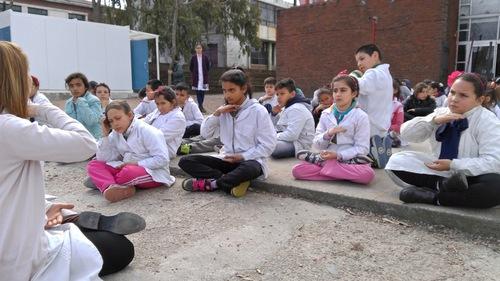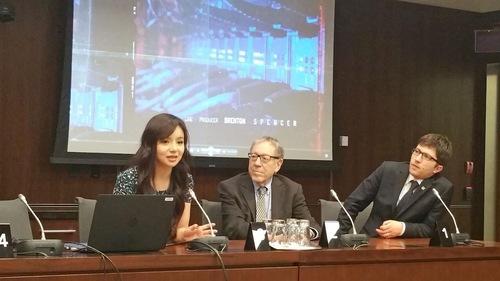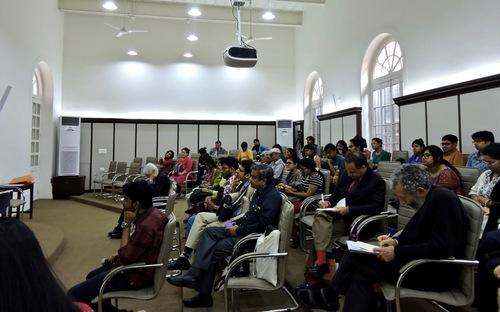The promise of nuclear fusion energy often sounds too good to be true: endless clean energy derived from a safe process that only needs to use hydrogen, an element that’s found everywhere.
But as with many promising technological solutions, the devil is in the details. Scientists have been able to generate energy from fusion reactors since the 1950s, but never efficiently. The fusion process always used up more energy than it produced.
Engineers have tinkered with different reactor designs over the years, but an energy efficient fusion reactor remained elusive. Now, researchers at MIT claim that they’ve found a new material base for superconductors, enabling reactors to finally generate energy.
Nuclear fusion reactors ape the same chemical process that occurs naturally in stars: atoms heat up becoming so hot and moving so fast that they smash into each other and form larger atoms, releasing energy as a byproduct.
The high temperature means that the reaction can’t be contained by a solid material, instead needing a magnetic field to hold the plasma in place.
A new superconductor made of rare-earth barium copper oxide would be able to maintain the same magnetic force while being much smaller than the existing conductors, allowing a typical reactor to multiply its energy output by a factor of 10.
“The much higher magnetic field allows you to achieve much higher performance,” Brandom Sorbom, a doctoral candidate and one of the authors of the design, said in a statement on Aug. 10.






